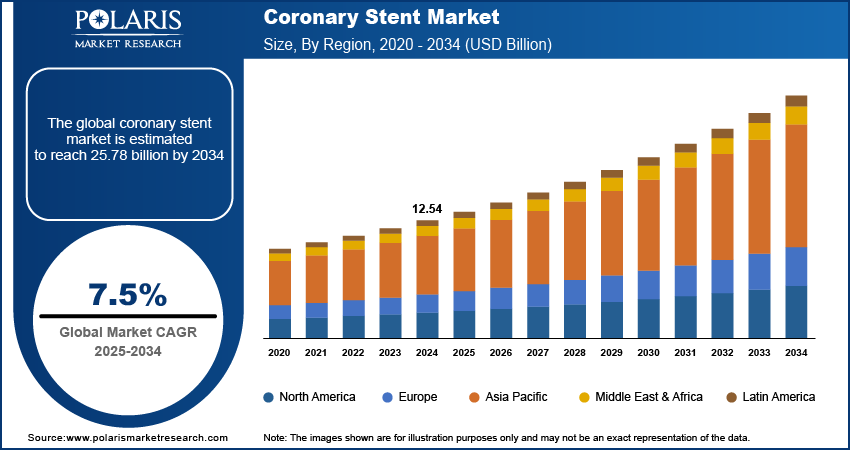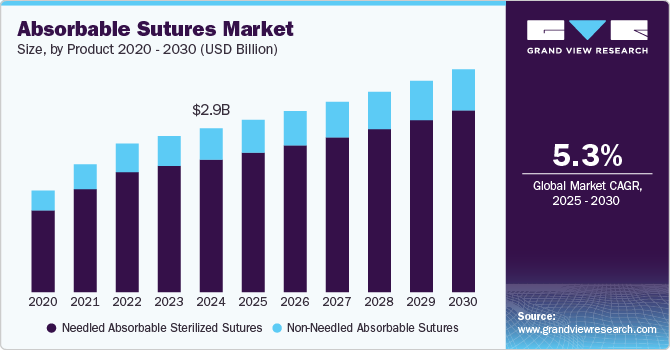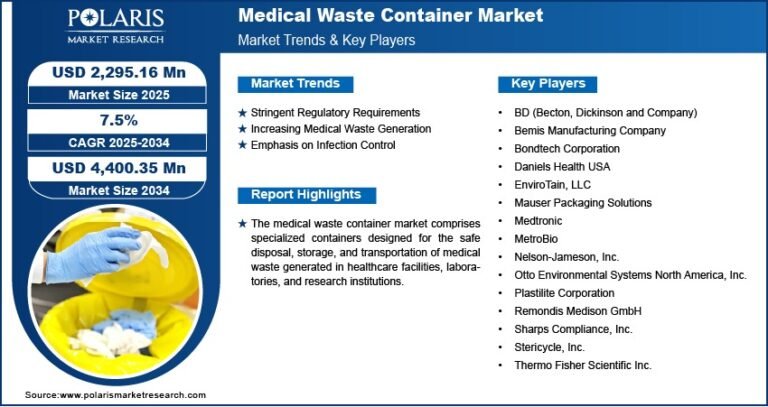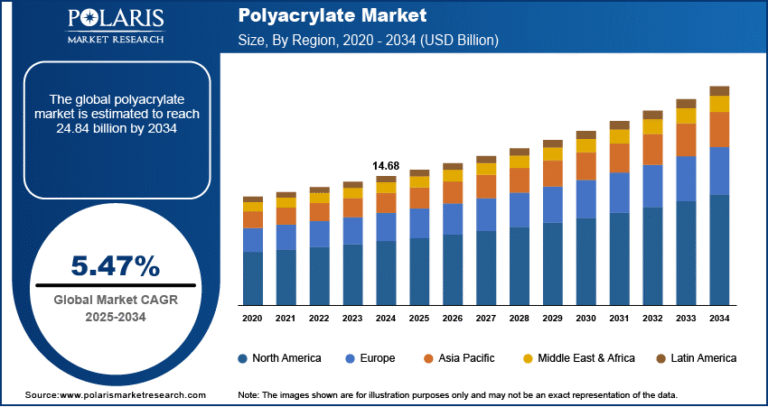Coronary Stent Market Anticipated to Hit USD 25.78 Billion by 2034 | CAGR: 7.5%

The coronary stent market was valued at USD 12.54 billion in 2024. It is projected to grow from USD 13.45 billion in 2025 to USD 25.78 billion by 2034, registering a compound annual growth rate (CAGR) of 7.5% during the forecast period from 2025 to 2034. This growth is primarily driven by the rising prevalence of coronary artery disease, continuous advancements in stent technology, and an increasing preference for minimally invasive treatment procedures.
Coronary Stent Market Key Trends & Insights:
- Rapid advancement of drug-eluting stents is leading the market due to their ability to reduce the risk of restenosis.
- Increasing adoption of bioresorbable and bioabsorbable stents, which provide temporary support and promote natural vessel healing.
- Dual-therapy stents are emerging, combining drug elution with antibody coatings to enhance vascular regeneration.
- Innovations in materials such as ultra-thin cobalt-chromium and nitinol, along with 3D-printed designs, are improving stent flexibility and performance.
- Advanced imaging technologies like OCT and IVUS, along with AI integration, are enhancing stent placement precision.
- There is a growing shift toward minimally invasive procedures, particularly in emerging markets with aging populations and rising cardiovascular disease rates.
Market Size & Forecast:
- Market size value in 2025 – USD 13.45 billion
- Revenue forecast in 2034 – USD 25.78 billion
- CAGR – 7.5% from 2025 – 2034
𝐆𝐞𝐭 𝐄𝐱𝐜𝐥𝐮𝐬𝐢𝐯𝐞 𝐒𝐚𝐦𝐩𝐥𝐞 𝐏𝐚𝐠𝐞𝐬 𝐨𝐟 𝐓𝐡𝐢𝐬 𝐑𝐞𝐩𝐨𝐫𝐭:
https://www.polarismarketresearch.com/industry-analysis/coronary-stent-market/request-for-sample
Coronary Stent Market Overview:
The coronary stent market is experiencing steady advancement, primarily driven by the increasing adoption of drug-eluting stents (DES) due to their reduced risk of restenosis and improved patient outcomes. Second-generation DES continue to lead the segment, supported by innovations in stent materials like cobalt-chromium and platinum-chromium, as well as polymer-free coatings. Emerging technologies such as bioresorbable and biodegradable stents are also gaining traction, offering benefits like reduced late thrombosis, though their adoption remains cautious. Advancements in imaging techniques such as intravascular ultrasound (IVUS) and optical coherence tomography (OCT) have enhanced procedural accuracy, improving success rates and patient safety. Additionally, the rise of outpatient cardiac intervention centers and ambulatory surgical facilities is contributing to broader access to minimally invasive procedures.
North America continues to dominate the coronary stent market, supported by a high burden of cardiovascular diseases, robust healthcare infrastructure, and favorable reimbursement policies. Europe follows with strong adoption of technologically advanced stents and supportive regulatory frameworks. The Asia-Pacific region is emerging as the fastest-growing market, driven by rising incidences of coronary artery disease, increasing healthcare investments, and growing awareness. Leading players in the market are focusing on developing AI-integrated imaging tools, bioresorbable stent designs, and dual-therapy solutions. Strategic mergers, acquisitions, and clinical research efforts are also being prioritized by companies to maintain a competitive edge and expand their global footprint.






